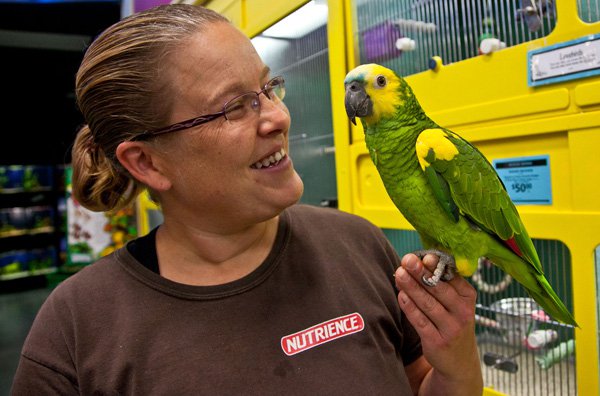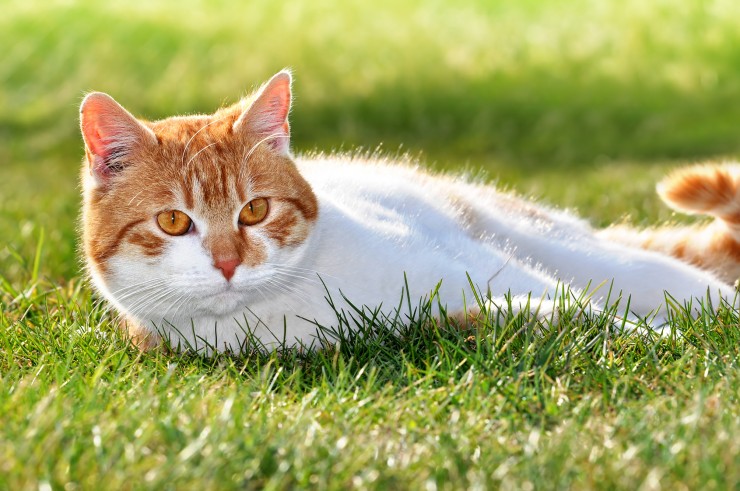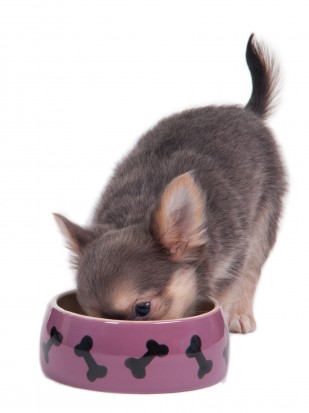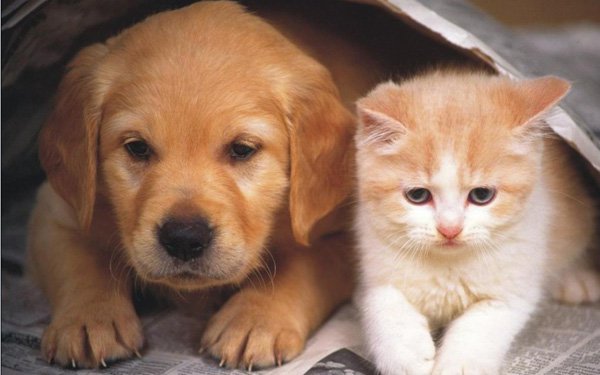

Getting children involved in caring for pets is an excellent way of teaching respect for animals, self-confidence and can even lead to an interest in wanting to work with animals as a career in later life. This article deals with cats, but it could just as easily be getting involved in dog care, or indeed any pet - as long as the adult guidance is sensible and correct. The benefits for the child are enormous, but also of the pet - which will help with bonding and mutual respect as the small person becomes bigger! So what things can a child do under adult supervision so they do not lose interest (which is often the problem), that can help with the cat’s wellbeing? The ideas below will give a good insight and alongside an appropriate age of the cat as guidance - as some tips are better with kittens, some with adult cats.
By far the easiest thing for a child to become involved in, as a starting point is feeding the cat. Most will like to help with feeding and like seeing the cat enjoy their meal. This helps the cat realise the little human is a food source, so will help with bonding. Adult guidance should ensure:
Kittens love to play - so do many adult cats, so encouraging children to play along will again strengthen the bond between them. Remember most cats are very quick when swiping at toys so use toys on strings, or help the child make homemade toys. Cardboard tubes and paper balls and feathers, make great toys for cats. If the child is older they could even make a sewn mouse containing cat-nip,(which is readily available from most pet shops). Playing not only makes enjoyment to both parties, but helps the cat keep their exercise up too!
A good many cats will enjoy being brushed, so teaching a child how to groom them will definitely strengthen the bond (especially from the cat’s point of view). Teach them to always brush with the fur and not in the other direction, and how firmly to brush. If the pet is older or has mobility issues, be aware they might not tolerate a young person getting involved with grooming. As the child (and cat) gain confidence, they can also be taught to look for unwanted visitors such as ticks and fleas and check claws.
All ages of cats will like environmental enrichment - often used in zoos, but can be applied at home too. Getting children to help can involve them thinking of ideas that will stimulate the cats mind. Below are a few ideas that you could help a child with…
How many cat profiles are there online? Lots! It’s because people like reading cats and more importantly seeing cat pictures and videos. So why not make a cat blog with your older child? They can even do a day in the life of the cat (or kitten) and take photos or videos. Blogs are easy to set up and maintain - best of all many are free. The child can invite their friends to like the blog and really make a good job of it - keeping interest! Many pets have their own Facebook page, but this can have two downsides - the person setting up the account has to be over 13 years old, and Facebook are currently looking to stop these type of profiles. A blog about the family cat is more personal and you have a good control of what happens on the page.
Perhaps the child is too young to work online with you making a blog - they don’t have to be left out! How about using the original way of making a profile - a scrapbook? You could print photos of various events, funny sleeping positions, even put a time-line in the scrapbook! Letting your child help design, attach photograph and colour this type of keepsake will be great fun for them. It will not only encourage interaction with the cat, but also make a lovely memento to keep for future years and something to look back on.
Helping children understand what happens at the veterinary surgery is important, as they might worry about things that they needn’t. If appropriate, taking a child into the surgery when the family cat needs a booster for example, can have benefits as they know the type of thing the vet does and can ask questions. Of course children can ask the strangest things, so spending time explaining things in their terms, while at home is a good idea too! The main point is that they understand what a vet does for their pet, again helping them to bond through understanding at their own level. They might even end up wanting to be a vet themselves one day!
Cats are not just balls of fluff - they are part of the family and should be made to feel that way, by everyone including the younger members. By including children in the care of the family pet cat, this can be achieved. It teaches children valuable life lessons on looking after another living creature and the responsibility involved. Think of how you could help your child interact with the family pet - cats are not just for You Tube!
 What Happens If Your Dog Loses A Tooth?
What Happens If Your Dog Loses A Tooth?
 The Science Behind Why Cats Land on their Feet
The Science Behind Why Cats Land on their Feet
 Keeping Cats Out Of Certain Parts Of Your Garden
Keeping Cats Out Of Certain Parts Of Your Garden
 Feeding Toy Dogs And Other Small Breeds
Feeding Toy Dogs And Other Small Breeds
 Taking Care of All Your Loved Ones at Woodbridge Animal Hospital
Taking Care of All Your Loved Ones at Woodbridge Animal Hospital
 Rspca Advises Pet Owners Against Dressing Up Their Pets For Christmas
Rspca Advises Pet Owners Against Dressing Up Their Pets For Christmas
 Acute Moist Dermatitis In Dogs
Acute Moist Derma
Acute Moist Dermatitis In Dogs
Acute Moist Derma
 Training Your Dog : Different Ways To Communicate
Training Your Dog
Training Your Dog : Different Ways To Communicate
Training Your Dog
 How To Keep An Old English Sheepdogs Coat Looking Good
How To Keep An Ol
How To Keep An Old English Sheepdogs Coat Looking Good
How To Keep An Ol
 Trained Dog Fights
Trained Dog Fights
Copyright © 2005-2016 Pet Information All Rights Reserved
Contact us: www162date@outlook.com